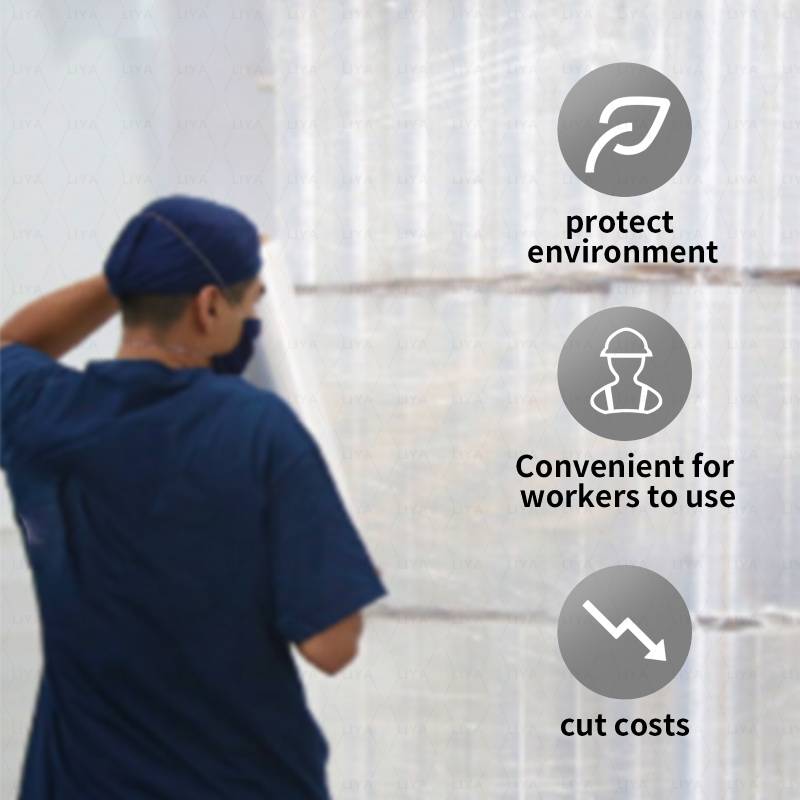Eco-Friendly Ice Cube Bags Made from Biodegradable Materials for Sustainable Living Solutions
The Rise of Biodegradable Ice Cube Bags A Sustainable Solution for Everyday Needs
In a world increasingly aware of environmental challenges, the focus on sustainable products has taken center stage. One innovative solution gaining traction is biodegradable ice cube bags. These eco-friendly alternatives to traditional plastic ice cube bags aim to reduce our environmental footprint while still providing convenience in our daily lives.
Traditional ice cube bags, often made from polyethylene, contribute significantly to plastic waste. They are typically used for short-term purposes—creating ice for drinks—and then discarded. With millions of these bags thrown away each year, their impact on landfills and oceans is profound. Plastic can take hundreds of years to decompose, leading to harmful consequences for wildlife and ecosystems. This issue underscores the need for more sustainable options, which is where biodegradable ice cube bags come into play.
Biodegradable ice cube bags are usually made from materials like cornstarch, PLA (polylactic acid), or other biomass-based substances that are designed to break down into natural elements under optimal conditions. They can decompose within a few months to a couple of years, depending on the environment, contrasting sharply with their plastic counterparts. This significant difference in decomposing time makes biodegradable bags an attractive option for environmentally conscious consumers and businesses.
One of the primary benefits of biodegradable ice cube bags is their minimal environmental impact. Since they decompose naturally, they reduce the amount of plastic waste in landfills, rivers, and oceans. For those concerned about pollution and the preservation of marine life, making choices that prioritize biodegradability is paramount. Companies producing these bags often emphasize sustainability; their production processes aim to minimize energy consumption and maximize the use of renewable resources, further supporting ecological balance.
biodegradable ice cube bags

Moreover, biodegradable ice cube bags are versatile. They can be used in various scenarios—at home for parties, barbecues, or even during camping trips. Just like traditional ice cube bags, they allow users to easily transport and store ice, making them as functional as they are environmentally friendly. The transition to these biodegradable options can be seamless, requiring no significant changes in consumer habits.
However, it is important to note that the term “biodegradable” can be misleading if used without proper context. Not all biodegradable products are created equal, and some may only decompose under specific industrial composting conditions rather than in regular landfills. Therefore, consumers should seek products that have clear guidelines about their biodegradability and certifications from recognized environmental organizations. This ensures that the biodegradable ice cube bags they purchase will indeed provide the environmental benefits they seek.
Businesses are also noticing the shift in consumer preferences towards sustainable products. As a result, several companies are now incorporating biodegradable ice cube bags into their product lines to meet this growing demand. Doing so not only appeals to eco-conscious consumers but also enhances the brand's image, showcasing a commitment to sustainability. Companies that adopt green practices often find themselves at a competitive advantage, particularly as more consumers prioritize environmental responsibility in their purchasing decisions.
In conclusion, biodegradable ice cube bags represent a small but significant step towards reducing plastic waste in our everyday lives. As we navigate our way through the complexities of modern consumption and waste generation, embracing sustainable alternatives like biodegradable bags can help us foster a healthier planet. Both consumers and businesses have a role to play in this transition, and by making mindful choices, we can work together to create a greener future.
-
Have the freedom of customizing your custom mailers any way you want! Our dedicated packaging support will help deliver you the mailing experience you need to elevate your shipping experience to the next level! Start making a strong impression on your customers and stand out from your competitors! -
LIYA uses high quality raw materials which directly purchased from large enterprises domestic and overseas such as PetroChina, Sinopec, Sabic, Equate, ExxonMobil, Dow Chemical, Total, and Borouge, ensuring the price advantage and quality of the raw materials. -
LIYA uses high quality raw materials which directly purchased from large enterprises domestic and overseas such as PetroChina, Sinopec, Sabic, Equate, ExxonMobil, Dow Chemical, Total, and Borouge, ensuring the price advantage and quality of the raw materials.





